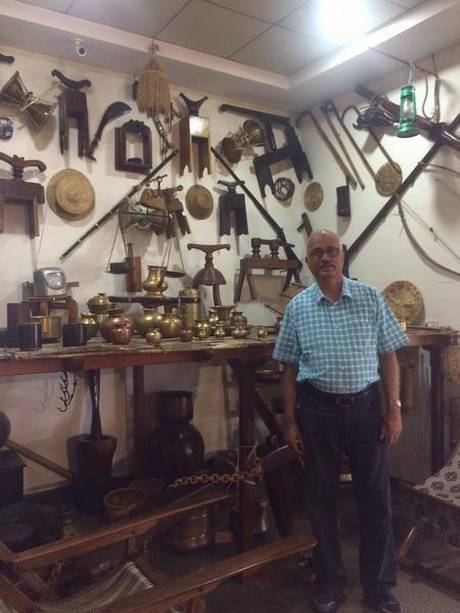
Author PT Bopanna says while there are a number of theories on who the Kodavas are, none are scientific enough to establish the origin of the race
After retiring from journalism in 2010, with four decades in the field, PT Bopanna has championed the cause of Kodagu (Coorg) district in Karnataka. Bopanna’s passion to showcase Kodagu’s beauty, culture, cuisine and people serves as a mirror to the hilly region.
“I have documented the lifestyle, language and cuisine of Kodagu beyond the well-known akki rotti and pandi curry,” says 70-year-old Bopanna, who runs five Kodagu-centric websites, has published seven books and produced a documentary on Kodagu. Bopanna’s latest book, My Coorg Chronicles, (Rolling Stone Publications) traces his journey from journalism to activism, and his efforts to chronicle the unknown facets of Kodagu. My Coorg Chronicles has colourful photographs, illustrations and a caricature of Bopanna by cartoonist Ponnappa.
Bopanna speaks to MetroPlus about the many aspects of his journey.
Excerpts.
Would you describe yourself as a journalist, activist or chronicler?
After studying journalism at Bhavan’s College of Journalism in Mumbai, I started my career in 1981 as the Coorg Correspondent of The Hindu. I registered my first domain www.coorgtourisminfo.com in 2005. Initially the traffic to my website was not encouraging. So I decided to bring out the content from the website as a book in 2006. Discover Coorg was a runaway success. I brought out two more editions of the book, adding more content with each edition. It was also translated into Kannada.
Your research reveals Kodavas as being different from the rest of Indians…
Kodava women are highly educated. There is no dowry system, and women drape their saris opposite to the style adopted by the rest of India. The customs are unique. Kodavas are Hindus, but priests have no role in their marriages. Kodavas revere the Cauvery River, they worship nature and guns. The Keil Murtha festival is dedicated to guns. The harvest festival, Puttari, is ushered in with a gunshot. When I realised that the land has a rich culinary tradition and I compiled traditional recipes in the website, coorgrecipes.com in 2006.
Who exactly are the Kodavas?
This is a riddle that ethnologists are yet to crack. There are any number of theories on who they are, but none scientific enough to establish the origin of the race. One theory says they are the descendants of Alexander the Great, while another traces their origins to a band of Kurds from Iraq.
Why did you bring out a video on Kodagu?
During the course of my work I realised there was a lack of documentation on Kodagu. This was mainly because Kodava language does not have a script. The language is a mixture of Kannada, Tamil and Malayalam. Any documentation was only after the British annexed Coorg in 1834. They kept records and maintained diaries. After Independence, especially after Coorg merged with Mysore State (Karnataka) in 1956, there wasn’t any documentation. I decided to produce a video on various aspects of Kodagu and in 2014 brought out a DVD, Discover Coorg. The video features tourist spots, homestays, jewellery, hockey and golf, Kodava marriages and traditional folk dances.
source: http://www.thehindu.com / The Hindu / Home> Society / by Ranjani Govind / Bengaluru – August 18th, 2020

